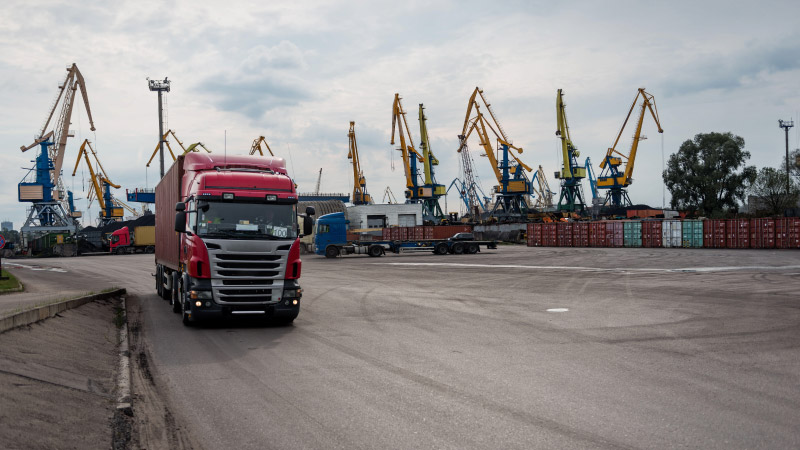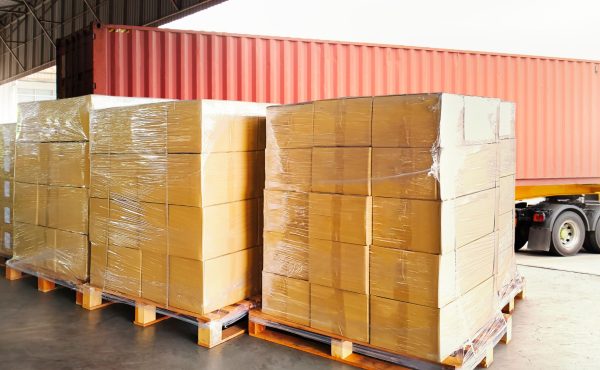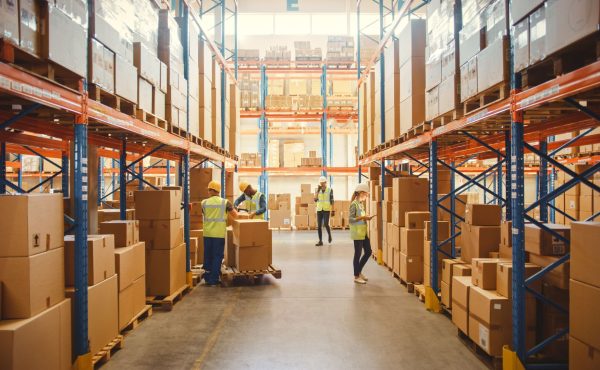This is how ocean shipping containers are transported by road or train
Ocean container shipping is a crucial process for global trade and is an important process in the supply chain for many companies. It is common to see large container ships crossing the seas and oceans to carry all kinds of goods from one part of the world to another. Once they arrive at the port, stevedores unload the containers from the ships to load them onto trucks or trains that will take them to their final destination.
Road transport is one of the most common and fastest ways to transport containers across short and medium distances, ensuring that they reach their destination, no matter how far away it may be. On the other hand, rail transport is ideal for longer distances, as it enables large volumes of cargo to be transported more efficiently. Although after the movement by train, it is likely that a truck will have to make the final transfer to the final recipient.
For effective transport by road or rail, it is essential and highly recommended to have the support of a freight forwarder like Logisber. Our company specializes in the movement of goods in containers of all types and sizes. For us, safety is extremely important throughout the logistics chain. And to ensure security, we use advanced technologies to track and monitor shipments in real time. This traceability allows the customer and us to know exactly where the goods are located and their status, and to calculate estimated delivery times for exports and imports. But how is the shipping carried out?
- Selecting the right container carrier: It must be suitable for our cargo according to size and weight.
- Load the containers: Once the right container carrier has been selected on the truck or train, the next step is to load the container. A port crane operated by a stevedore must be used.
- Transport by road or rail: The container must be labeled and must comply with current land transport regulations to avoid incidents of any kind. The truck or train driver must be fully qualified.
- Unloading of containers: Once the final destination is reached, the next step is to unload the containers from the truck or train. In some cases, the use of cranes or other lifting equipment may be required to facilitate unloading.
- Temporary storage: In some cases, containers are temporarily stored in dry port depots or warehouses until they can be shipped or transported to their final destination.

Company for transporting containers quickly and safely
If you want to ship goods from the port to a destination in an inland city that can only be reached by road or rail, contact Logisber now. We work according to values such as sustainability, transparency, and customization in all logistic processes.
Our team will tell you which steps to follow, the characteristics of the logistic operation and will explain the costs and times, as well as the necessary documentation for clearing customs if necessary.
Categorías
Compartir








